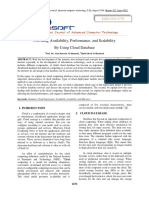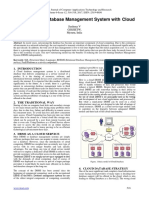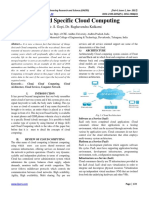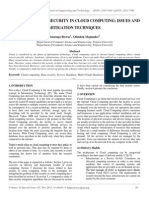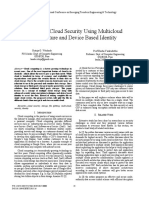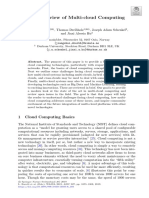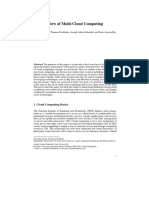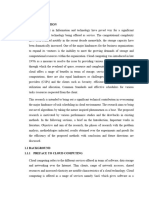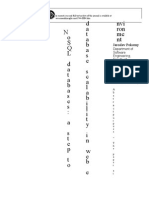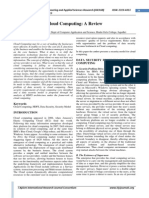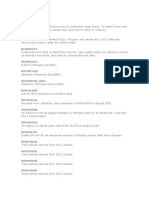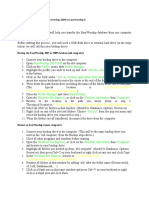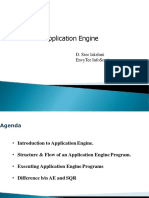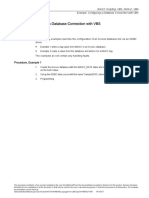0% found this document useful (0 votes)
65 views6 pagesThree Level Architecture
The document proposes an architecture for managing data in the cloud called the "Cloud Database Management System Architecture". It is based on the three schema architecture for database management systems and the three level object oriented database management system architecture. The three schema architecture separates the internal, conceptual, and external levels to support multiple views and independence between users and the physical database. The three level object oriented architecture separates the object management level, view management level, and application management level. The proposed cloud database management system architecture aims to address the unique requirements of databases in the cloud such as scalability, availability, and the need to access and manage distributed data.
Uploaded by
Oguz-HanCopyright
© © All Rights Reserved
We take content rights seriously. If you suspect this is your content, claim it here.
Available Formats
Download as PDF, TXT or read online on Scribd
0% found this document useful (0 votes)
65 views6 pagesThree Level Architecture
The document proposes an architecture for managing data in the cloud called the "Cloud Database Management System Architecture". It is based on the three schema architecture for database management systems and the three level object oriented database management system architecture. The three schema architecture separates the internal, conceptual, and external levels to support multiple views and independence between users and the physical database. The three level object oriented architecture separates the object management level, view management level, and application management level. The proposed cloud database management system architecture aims to address the unique requirements of databases in the cloud such as scalability, availability, and the need to access and manage distributed data.
Uploaded by
Oguz-HanCopyright
© © All Rights Reserved
We take content rights seriously. If you suspect this is your content, claim it here.
Available Formats
Download as PDF, TXT or read online on Scribd
/ 6
